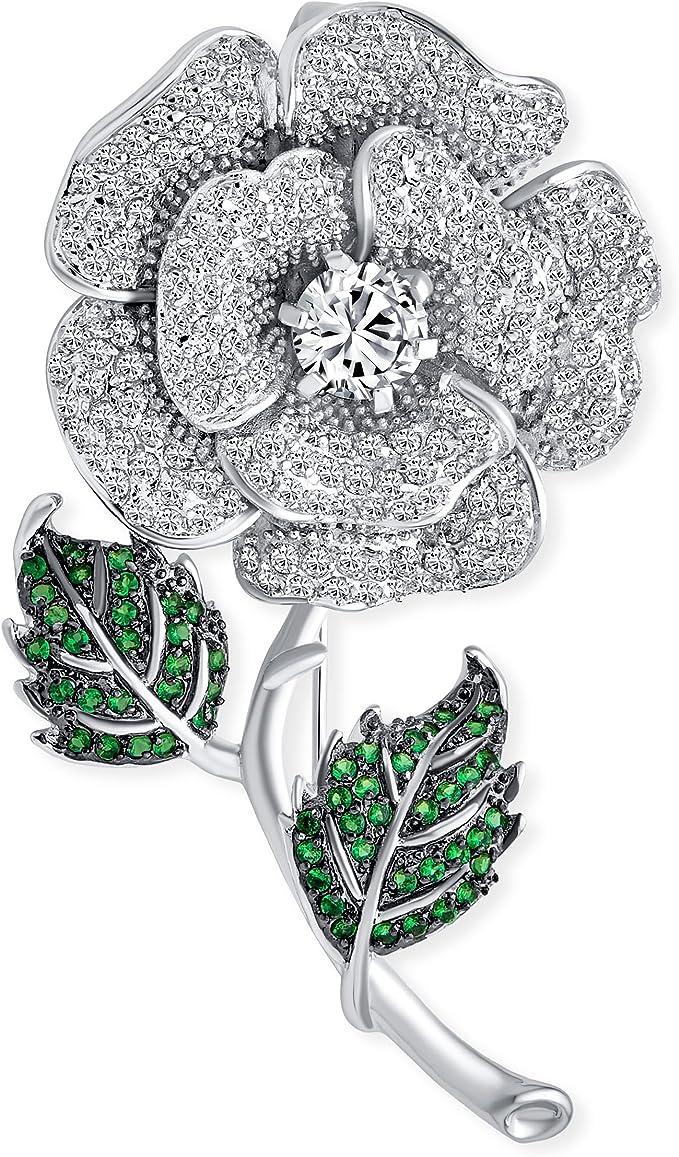Best 10 Sweet Fragrances in USA
Best 10 Sweet Fragrances in USA: 1. Juliette Has A Gun: MINI SET 5 x 8ml (Not A Perfume, Lust for Sun, Pear Inc., Magnolia Bliss, Vanilla Vibes) [caption id="attachment_2885" align="aligncenter" width="522"] Juliette Has A Gun: MINI SET 5 x…
Read More











 by
by